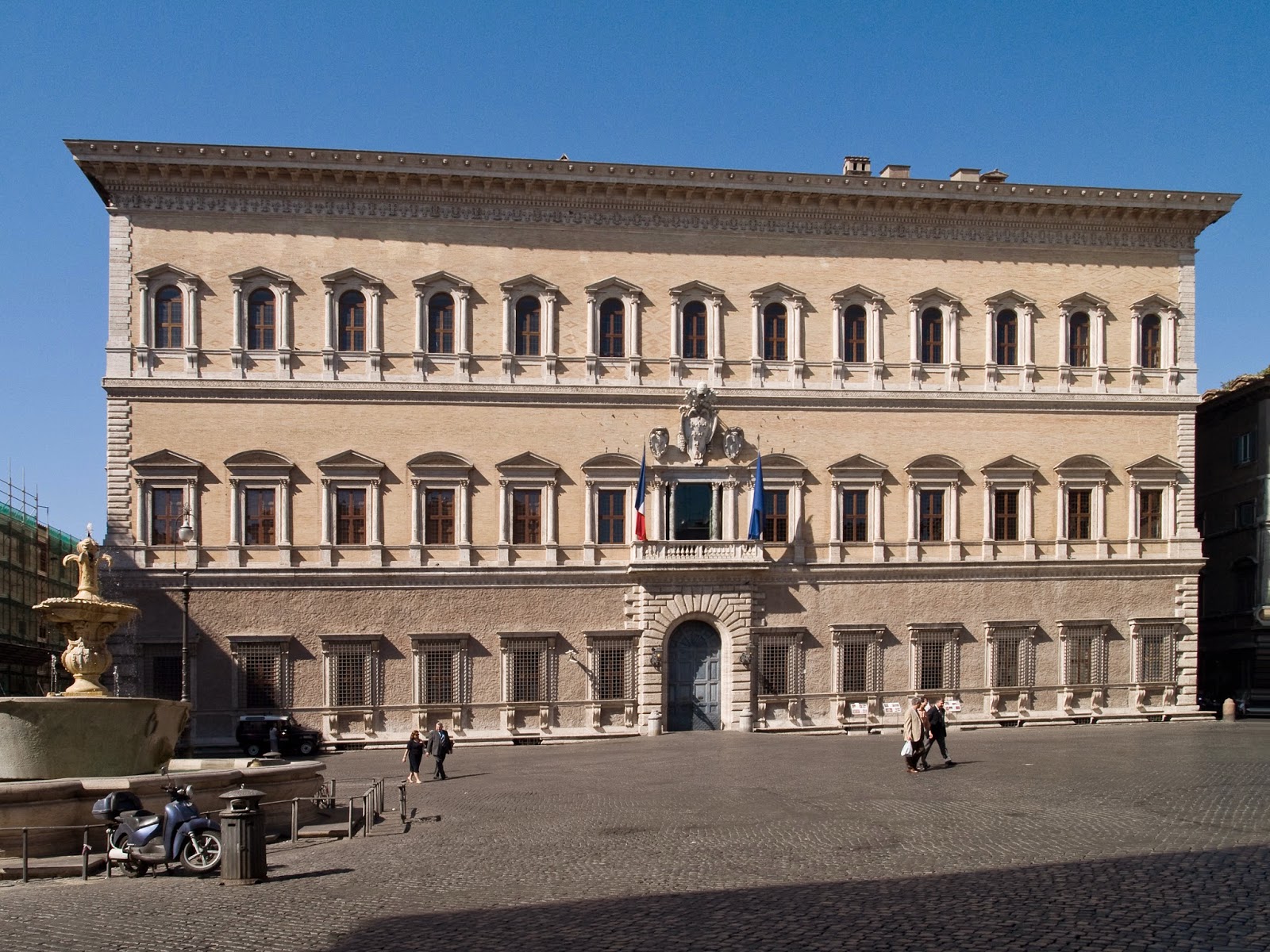 |
| City of Florence from Piazzale Michelangelo |
The word Renaissance literally means "rebirth," and Florence was the city where it essentially began. The classical forms from past time periods are now being refined and adapted to new uses that favored comfort, convenience, and beauty. The development also showed signs of a secular shift rather than one that surrounded religion.
There was also a humanistic movement towards emotion and love that was translated into the arts. The writings of Dante's and other authors shifted toward grammar, rhetoric, history, poetry, and moral philosophy which we study today in various humanities classes. The art and architecture had similar characteristics to the Florentine's with characterizations such as femininity, structured, dainty, and symmetry. Artists who accomplished architectural ventures were viewed as ones to have completed the highest achievement possible.
Furniture
Residential Design was becoming more prominent during the Italian Renaissance. Client relationships with architects, painters, furniture designers, and sculptors held a long lasting relationship who would be working with a family's interiors for years.
 |
| Sedia Chair |
THEN:
The Sedia Chair was stream lined and rectangular. Decorative stretchers and runners connected each leg with one another. The back and the seat of the chair was upholstered in either velvet, tapestry, or ornamental leather. Nail heads and fringe were different decorative additives represented in Italian Renaissance furniture design.
 |
| Outdoor Rocking Chair |
NOW:
Some styles of residential outdoor furniture resemble different attributes of the Sedia Chair, i.e. the rectangular form and the stretcher and runner connecting the legs to one another.
Architecture
Cathedrals and Palazzi sum up the large category of architecture and construction of the Italian Renaissance. The typical palazzo facade included much repetition, alternation, and progression. They had central courtyards that gave the residents access to private and cleaner outdoor space enclosed from the busy city.
 |
| Palazzo Farnese - Rome, Italy |
THEN:
The Palazzo Farnese has a simple and symmetrical facade. It had a central courtyard complete with arches, columns, pilasters, and corbels. It was completed my Michelangelo originally for Cardinal Farnese.
 |
| Courthouse in Baca Courthouse, Colorado |
NOW:
Particular courthouses with a symmetrical, un-ornamented facade are a modern take on the Palazzo Farnese. The architecture of the overhang detailing and decorated detail over each window directly relate to those of the palazzo.
No comments:
Post a Comment